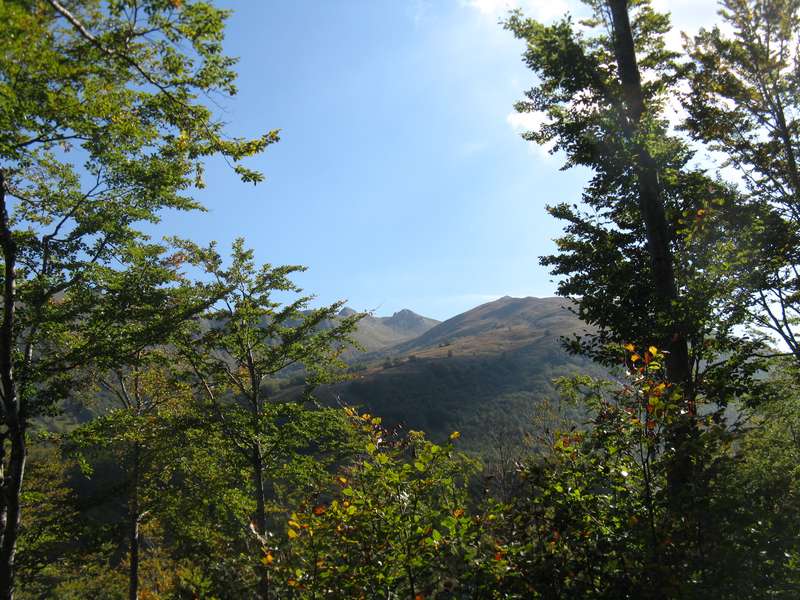
Discover unforgettable natural panoramas and a rich history along the Ximenian road
Up until a few centuries ago there was a dense wood of fir and beech trees which covered the mountainsides of Abetone, so much so that the area was called "Boscolungo", the long wood. Towards the end of the 1700s after the construction of the road of Ximenes, a small settlement was created including an inn, a post office, a border control point and a few houses. Today Abetone (whose name seems to be derived from a large fallen fir near the mountain pass) is a famous tourist spot particularly well known for its winter sports activities and is considered one of the most important skiing locations in the Apennines of Tuscany and Emilia Romagna.
This circular 8 km route is easy to follow and is made up of a rough track and a forest path. Halfway you can find a fountain and a designated rest area. The route, on the rough track, has a gradient of 2.5% and is suitable even for families with children and people using wheelchairs (with an obligatory companion). There you'll find beautiful panoramas on the "Libro Aperto" and from the side of the mountain looking towards Modena.


On the Abetone pass, two pyramids can be easily seen. They were built on the Tuscan - Modena border in 1777 in memory of Ximenes and Giardini roads, works of art created by the Grand Duke of Tuscany Leopold I and the Duke of Modena Francesco III. On each pyramid you can see the coats of arms and the Latin inscriptions dedicated to the sovereignties. From the pyramids we leave the road SS12 Abetone and Brennero and we take the road to the right which climbs slightly in the direction of Uccelliera. After about 50 meters, we head off to the right again entering the forest of Boscolungo.
We advise you to park your car in the open area at the bottom of the road. After the barrier of the Forest Rangers Corps, the route follows a gravel track that crosses a conifer forest reaching, after about two kilometers, a stone fountain - the destination of our journey.
Along the walk, in the northeast, it's possible to see the summit of Libro Aperto and part of the Apennines of Pistoia. To head back, from the fountain, you take the path to the left which climbs slightly to the left reaching the crest (path CAI no. 0-0). The track runs completely along the ridge parallel to the forest track visible below. A short distance along the route you can find the cylindrical stone markers which define the boundary between the lands of the Grand Duke of Tuscany and the Dukedom of Modena. On these you can see the date of 1792 engraved showing their age and their progressive numbering and the direction of the border. A short but steep stretch takes you back to the dirt track.